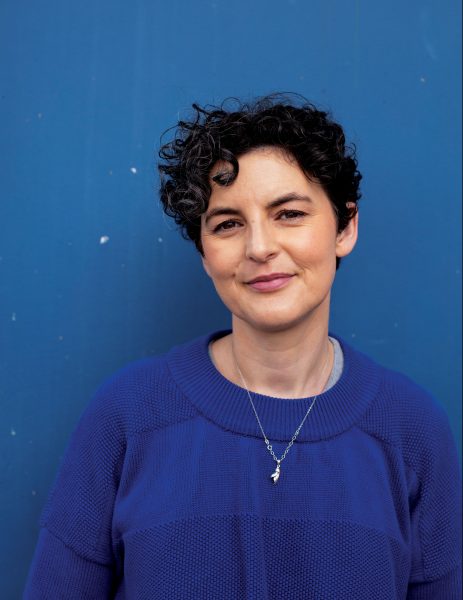End times
We have five parakeet species that we can call our own. One lives in the subantarctic, one on the Chathams, and three on the mainland—red, yellow and orange. If you’ve visited a sanctuary, you might have heard their chattering and glimpsed a flash of lime green in the understorey. You might have even got close enough to tell what you were looking at—to see the red mask over their eyes, or a yellow stripe rising over their heads like a mohawk.
You probably didn’t see an orange-fronted parakeet—and you’d be able to tell by the pumpkin-coloured band above their beak—because orange-fronts are in a terrific amount of trouble. We’re not very good at protecting them, and it’s not for want of trying.
The Department of Conservation has already attempted the interventions that have worked for other species. DOC kills more than 95 per cent of the predators that roam the forest valleys in Canterbury that the orange-fronts call home. A sanctuary breeds the birds in safety, then they’re released on offshore islands, where, free from threat, the birds fail to thrive.
Today, the orange-fronted parakeet is widely described as “stuffed”.
It looks likely that the destruction of the parakeets’ habitat is driving their decline, and that’s difficult to fix. Whatever the orange-fronted parakeets require has been lost, and we can’t recreate it for them because we don’t know what it was. Perhaps the layer of the forest that they prefer to browse has been stripped by deer and goats. Perhaps their preferred food is no longer available, and, added to all the other environmental changes they have faced in the last century, they can’t cope.
DOC lists about 2700 threatened and at-risk species, in varying degrees of trouble. Some of those are clawing back ground—record breeding seasons of takahē, kākāpō, kiwi and whio being among the success stories.
But some native wildlife does not have a good prognosis, and this issue’s story on orange-fronted parakeets will be the first in a series examining the fauna most at risk of being lost without dramatic intervention. Keep an eye on nzgeo.com/curtain-call.
These species are diverse, but have one thing in common—our one-size-fits-all backup strategy doesn’t work for them. We rely on being able to rescue endangered wildlife by sequestering breeding pairs on predator-free islands. But the species in our curtain call all have habitat requirements that those islands can’t provide.
Some of these species might surprise you. Some of them seem numerous now, but their population is in freefall. Some of them you have probably never seen in the wild, but you may have heard their calls, or eaten them for lunch.
We look to the Predator Free 2050 moonshoot as the universal saviour of our threatened species, but evidence shows that the orange-fronted parakeet’s problems don’t all have four legs and a stomach. It would be concerning if support for a wide range of conservation services—research, habitat restoration, ecosystem preservation—is withdrawn in favour of predator eradication.
And in the case of the orange-fronts, a predator-free mainland won’t make a difference.
Either we fund the research and intensive care the parakeet requires, or witness this long goodbye, where conservation staff have just enough resources to try, but not quite enough to make a difference.















